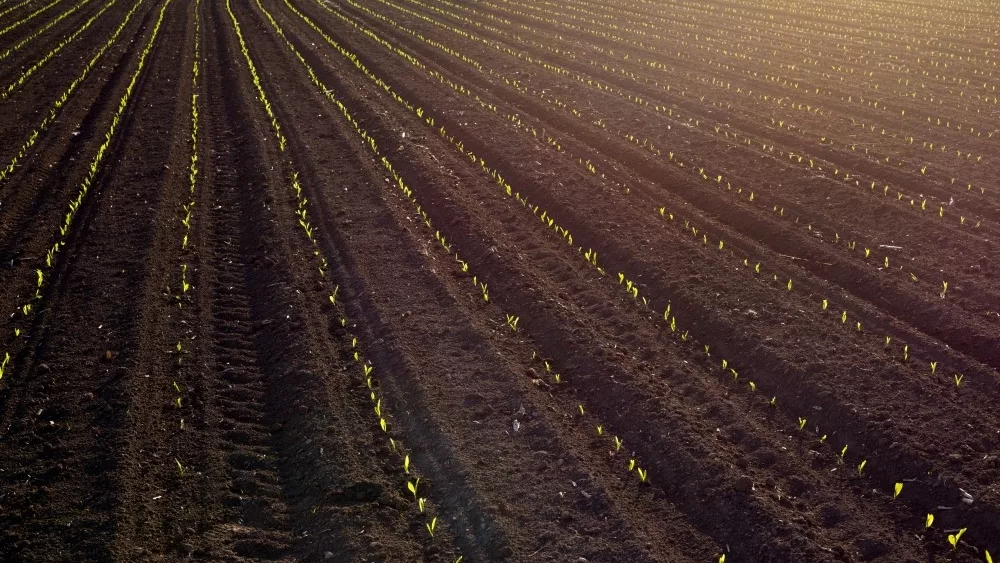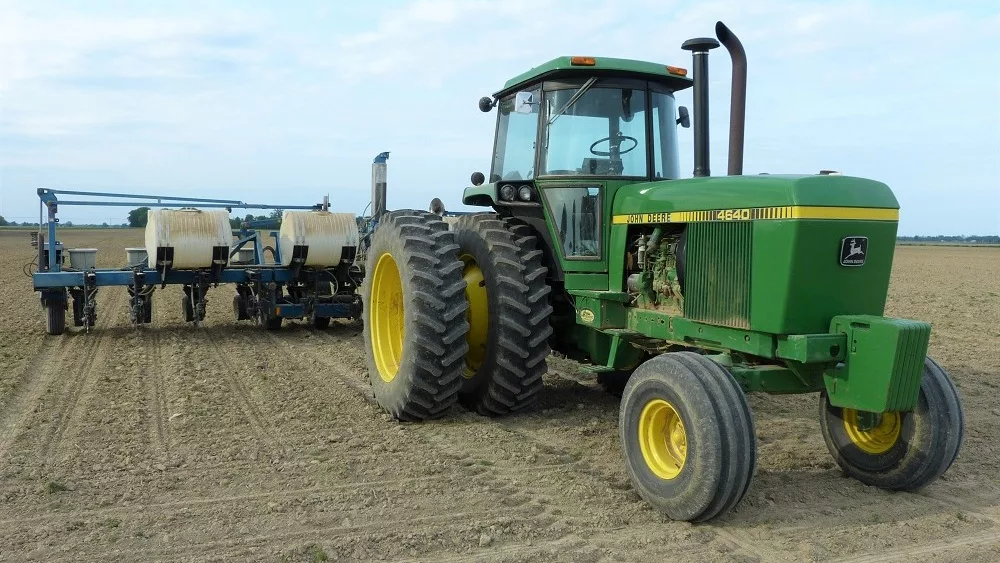
Purdue University has received a $500,000 grant from the Foundation for Food & Agriculture Research to document air-quality issues surrounding pork production in partnership with the National Pork Board.
Particulate matter (PM) at high concentrations can affect the health of both workers and animals, as well as people living and working in neighboring areas. The U.S. Environmental Protection Agency classifies PM measuring less than 2.5 and 10 microns (much smaller than the width of a human hair) as the most hazardous. Although the problem is well known, the exact concentrations of such particulate matter within and outside of the swine barns at different times is poorly understood.
“We don’t have enough data. One of the issues is the lack of appropriate measurement technology,” said Jiqin (JQ) Ni, Associate Professor Of Agricultural & Biological Engineering, who is leading the team at Purdue University on this research.
Collaborating with Ni on the project are Jae Hong Park, assistant professor in the School of Health Sciences in the College of Health and Human Sciences, and Brian Richert, associate professor of Animal Sciences in the College of Agriculture. Richert specializes in swine nutrition and management and will design the swine barn test environment to operate under a range of controlled conditions and particulate matter concentrations. Park, a certified industrial hygienist, focuses on aerosol science and technology.
“Anything in the air, that’s my target,” said Park, who develops both sensors and samplers. For this project, Park will develop a sensor station that consists of several air-quality sensors.
In addition to particulate matter, swine barns generate gases such as ammonia that may attach to dust. “A swine farm and its surrounding area is a very complex environment,” Park said.
Particulate matter concentrations change greatly with different ventilations and weather conditions. In summer, swine barns increase ventilation rates by operating more fans and opening inlets and curtains. In winter, the barns operate with minimal ventilation to keep pigs warm. These different conditions affect both indoor and outdoor particulate matter concentrations.
These changing concentrations should be monitored and mapped, but the technologies that can do the job are expensive, difficult to operate and slow to produce results.
“There are many commercially available technologies for particulate matter measurement. But none of them are designed for agriculture and livestock use,” Ni said. In the dynamic world of livestock and poultry production, such as swine farms, active animals stir up particulate matter of different sizes and concentrations in the air. Most of the particulate matter will settle quickly, while some will be blown out of the barns through the fans.
“Our objective is to develop a new technology that is low cost, with a faster response and easy to use,” Ni said. After carefully selecting particulate matter sensing units from the commercially available models, his team will develop the needed sensor unit combined with software and a solar power supply.
“In the lab, we can compare these low-cost sensors with the expensive instruments,” Park said. The tests involve collecting dust from the swine barn, then blowing it from a cylinder into a test chamber connected to the sensors.
“That will give us confidence that this new technology will generate accurate concentration measurement data,” Ni said. “We will develop a laboratory system to calibrate our technology to make sure it is compatible with high-end technology. We will also validate the technology in field conditions.”
The first tests will get underway in the controlled environment swine barn at Purdue’s Animal Science Research and Education Center. There, researchers will monitor the concentrations of particulate matter at different locations in rooms that house pigs at all stages of their development, from nursing during lactation to fully grown.
The team also will validate the technology at commercial swine farms in Indiana and Ohio.
“We will have stakeholders closely involved,” Ni said. The new technology will be compared against the commercially available instruments in side-by-side tests at different locations.
“We will measure the PM concentration from the air inside the swine barn, near the exaust fans and several hundred feet away at different distances from the barn,” he said.
More modifications and improvements to the system will then follow as needed. Once completed, Park said, the work will have potential applications in barns and housing for not only swine but also poultry and other livestock and for handling powders in the food industry.
Source: Purdue Agricultural Communications.





